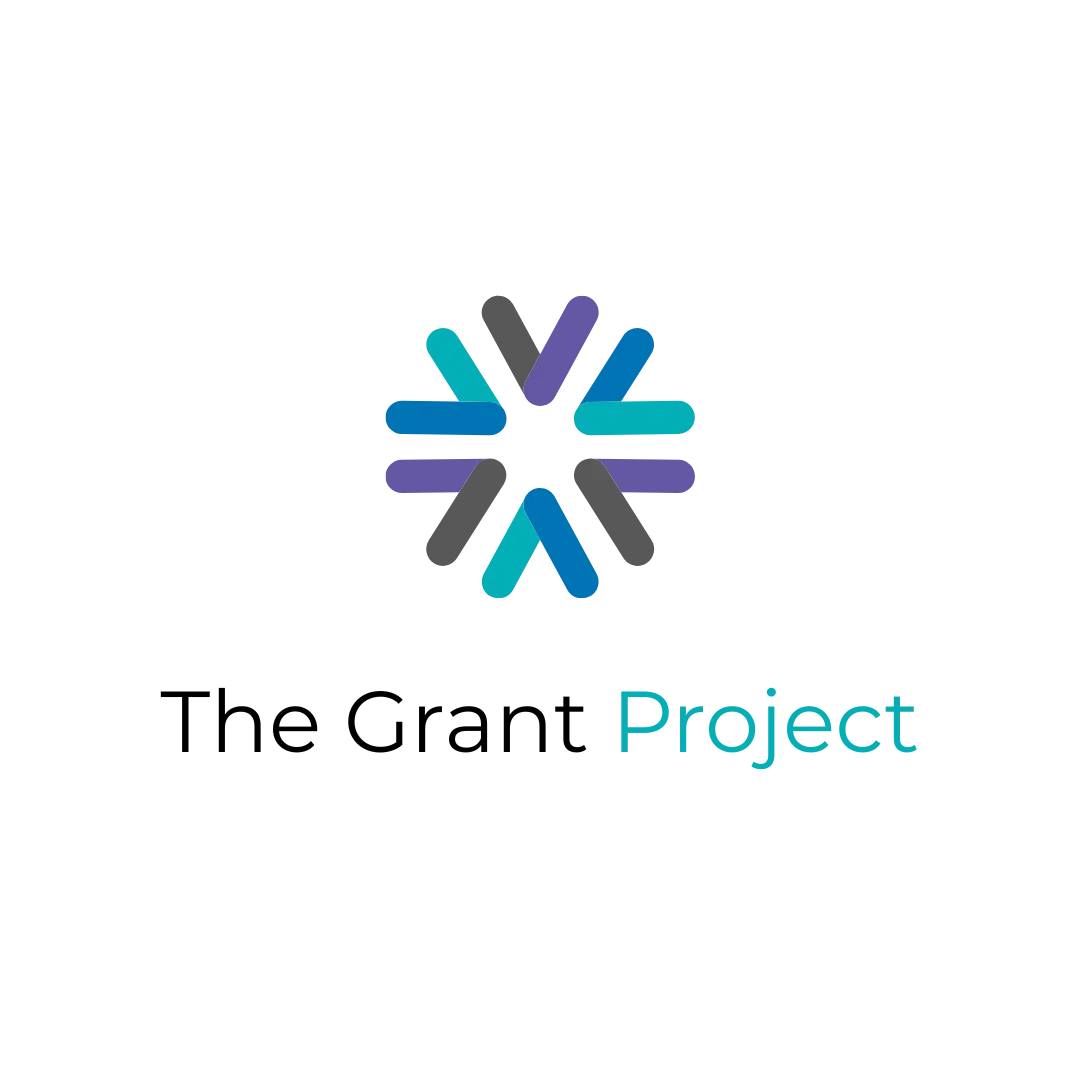
5 Essential Grant Writing Tips to Secure Funding for Your Projects
Grant writing can often feel overwhelming, but it’s an essential skill for nonprofit organizations, researchers, grant writers, local governments, and consultants. The stakes are high, as a well-written grant proposal can translate into funding that helps you advance your mission and create meaningful impact. However, securing that funding requires more than just meeting submission deadlines. It demands a thoughtful, strategic approach that communicates the value of your work to potential funders.
This article will walk you through five essential tips for effective grant writing. Whether you’re writing your very first proposal or looking to refine your process, these proven strategies will help you increase your chances of success.
Tip 1: Research and Understand the Funder’s Priorities
One of the most common mistakes in grant writing is submitting a generic proposal to multiple funders without tailoring it to their specific goals and objectives. Before you even begin drafting your grant, invest time in thoroughly researching the funding organization.
How to Approach This:
Review Guidelines and Funding Announcements in Detail
Carefully read the application requirements, reviewed priorities, and eligibility criteria on the funder’s website. Many funders explicitly outline what they are looking to support. I cannot emphasize this enough!
Align Your Mission or Project
Ask yourself how your organization’s goals align with the funder’s mission or the government agency’s funding priorities. For example, if you run a local literacy program, a funder focused on increasing community education participation will likely find your project compelling.
Past Projects and Funding Levels
Look into previous grants given by the funder or agency. This will give you insight into the types of projects they support and the average funding they provide.
By demonstrating in your grant proposal that both your mission and your project align closely with the funder or agency’s priorities, you show that you’ve thoughtfully considered how your project will help them achieve their goals.
Tip 2: Present a Clear and Compelling Narrative
Funders receive countless grant applications. Yours needs to stand out with a narrative that is clear, emotionally engaging, and data driven. Your proposal should tell the story of why your project matters and how it will make an impact. Remember that stories are told in both the narrative and through the budget.
Key Elements of a Strong Narrative:
Frame the Problem Clearly
Describe the issue you are addressing with enough detail to help your reader understand its significance. Support your claims with data, research, or anecdotal evidence when possible. For example, you could explain that 25% of families in your community lack access to affordable after-school care, leading to academic challenges for children.
Explain Your Solution
Present your project as the solution to the problem. Show how it directly addresses the need and outline the specific steps you’ll take to implement it successfully.
Showcase Impact
Illustrate measurable outcomes for your project. Instead of saying you aim to “expand outreach,” state that your initiative will “provide 100 families with affordable childcare within the first 12 months.”
A strong and clear narrative doesn’t just inform the funder; it inspires confidence that your project is worth investing in.
As a reminder-make sure that your narrative follows the outline and meets the criteria of the funding announcement and grant guidelines.
Tip 3: Provide a Detailed and Realistic Budget
Your budget plays a critical role in your grant proposal. Most funders and agencies prioritize transparency and want to ensure their money will be spent wisely and effectively. Remember that grants from government agencies are funded with taxpayer dollars- they not only want to ensure transparency but they also have a statutory obligation to ensure effective use of the public’s funds.
Budget Best Practices:
Be Specific
Break your budget down into clear categories, such as salaries, equipment, materials, travel, and overhead or indirect costs. Avoid vague or general expenses like “miscellaneous” or “administrative fees.” When using standard federal forms, follow the budget template provided by the agency, which is a requirement listed in the funding announcement (that you’ve read in detail several times!)
Justify Costs
Include a narrative that explains the rationale behind each line item in your budget. For example, if you’re requesting funding for supplies, specify what these supplies are and how they will support your project’s goals. Follow the budget narrative guidelines outlined in the funding announcement.
Match the Scale
Make sure the budget aligns with the project’s scale. Overestimating costs can make funders skeptical of your efficiency, while underestimating can signal poor planning. Plan this out! Get quotes from vendors, research your costs, and know your plan.
By presenting a budget that’s not just detailed but also realistic, you position yourself as a responsible steward of the funder or government agency’s investment.
Tip 4: Follow All Guidelines to the Letter
Funders often include strict guidelines on formatting, word count, required attachments, and deadlines. Failing to adhere to these rules can deem your proposal non-compliant, no matter how strong your proposal is.
Attention to Detail Matters:
Formatting and Submission Requirements
Double-check font sizes, margins, page limits, and file types. If the instructions specify a PDF submission, do not send a Word document. If the instructions specify double spaced text, double space your text. Side note: one time I glanced over the formatting requirements of a federal grant from an agency that I had written many grants for previously. I just assumed the same old same old formatting would apply. I spent weeks writing a very compelling 20-page, single-spaced grant narrative only to realize within a week of the deadline that the requirements were no more than 20 pages…double spaced. Yes. I had to craft the narrative again, in half the space I had originally used, and still capture everything that was included in the original narrative. I never made that mistaken again. But it haunts me to this day, nearly 15 years later. I hope to compel you—check the formatting requirements!
Address Every Section
Ensure your proposal addresses all sections of the application, even if you believe certain details are “self-explanatory.” Leaving anything blank could be seen as a lack of effort. Have someone outside of your project group read the narrative to make sure you’re capturing the nuance of your project details. It is very easy to leave out details of something that makes perfect sense to you, but that someone without in depth knowledge of your project would not know or understand without context.
Meet Deadlines
Be sure to submit your grant well before the deadline to avoid disqualification due to technical errors or unforeseen delays. Many successful grant writers aim to complete applications at least three days in advance. I cannot emphasize this enough. Technical delays will happen. Grants.gov is notorious for slowing down on deadline days for large grants.
Here’s another tip for working on grants in groups or with people outside of your organization. Create a timeline with multiple deadlines. People will always wait until the last minute to provide you with the information that you need to complete your grant. If you need information by Thursday to finish a draft by Friday, tell whoever is providing you with that information that your deadline is Monday. They will most likely get it to you by Wednesday.
Following these guidelines reassures funders that you are a competent, detail-oriented grantee who respects their process.
Tip 5: Proofread and Seek Feedback
Even the most compelling proposal can lose credibility if it contains typos, formatting errors, or unclear language. Before submitting your grant application, invest in thorough proofreading and solicit feedback from others.
Steps to Polishing Your Proposal:
Take a Break
After completing your draft, step away for a day or two. This will allow you to review your work with fresh eyes and catch mistakes you may have overlooked. Schedule time of this in your overall timeline for grant writing while still being able to submit your grant a few days before the deadline.
Read It Aloud
Reading your proposal aloud will help you catch awkward phrasing and identify areas that need better clarity or flow. I know this is a thing every language teacher ever told you to do, and we never did it—but it works! Some word processing programs have the option to have the computer read your writing back to you. It's worth a shot.
Seek a Second Opinion
Ask colleagues or fellow grant writers for their perspective. They may spot errors, suggest valuable improvements, or identify gaps that weaken your proposal. Have friends or family proof-read if your content is not sensitive in nature.
Polished, professional proposals convey respect for the review process and demonstrate your organization’s readiness to manage funding responsibly.
Final Thoughts: Confidence is the Key to Securing Funds
Effective grant writing is a skill that requires preparation, clear communication, and attention to detail. By researching your target funders, crafting a compelling narrative, creating a realistic budget, following guidelines, and proofreading carefully, you increase your chances of not just meeting but exceeding funders’ expectations.
If you’re ready to take your grant-writing skills to the next level, consider connecting with a professional grant-writing consultant or attending a workshop. The investment in refining your approach will pay off as you secure funding to bring your projects and mission to life.

